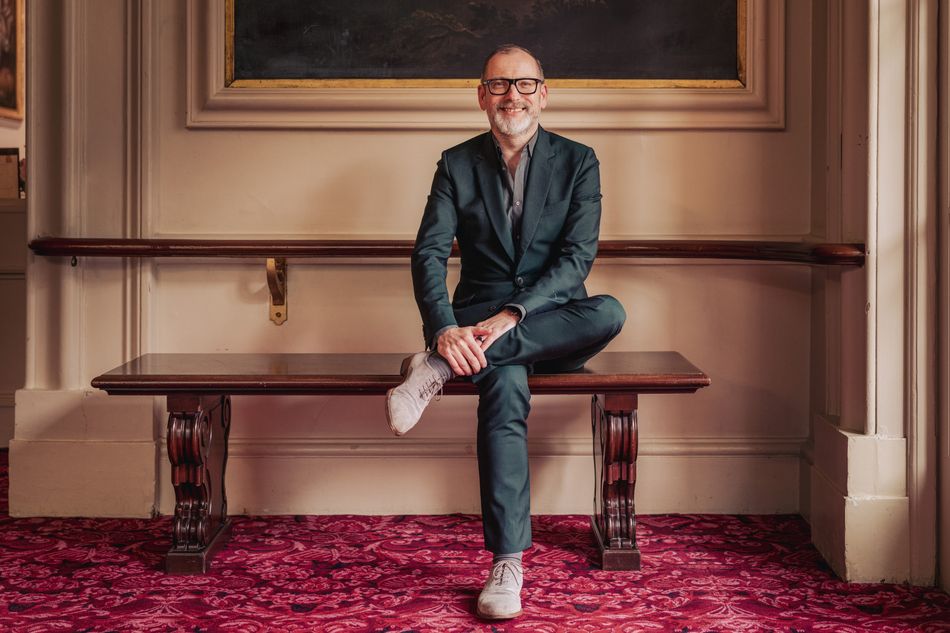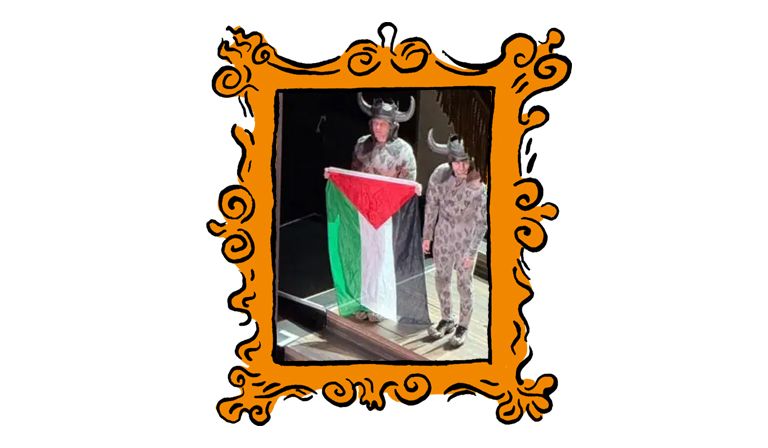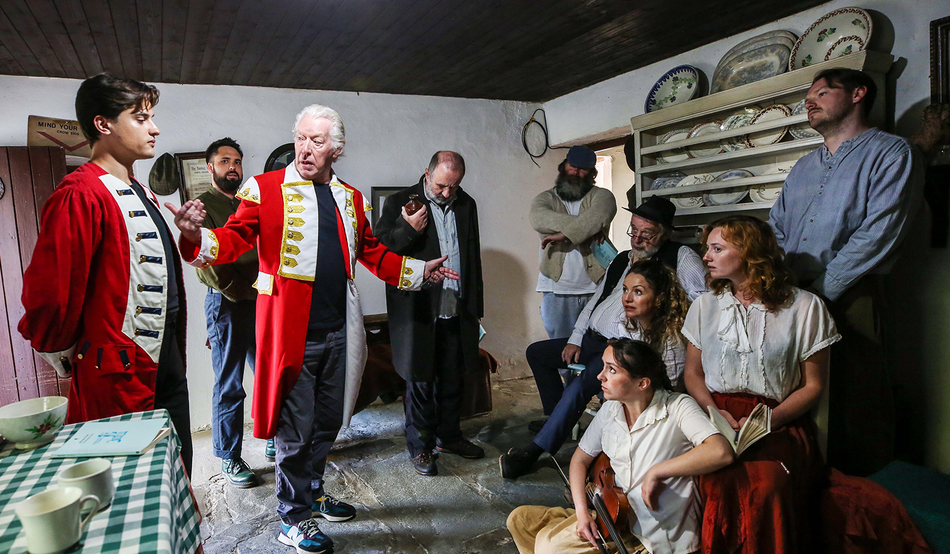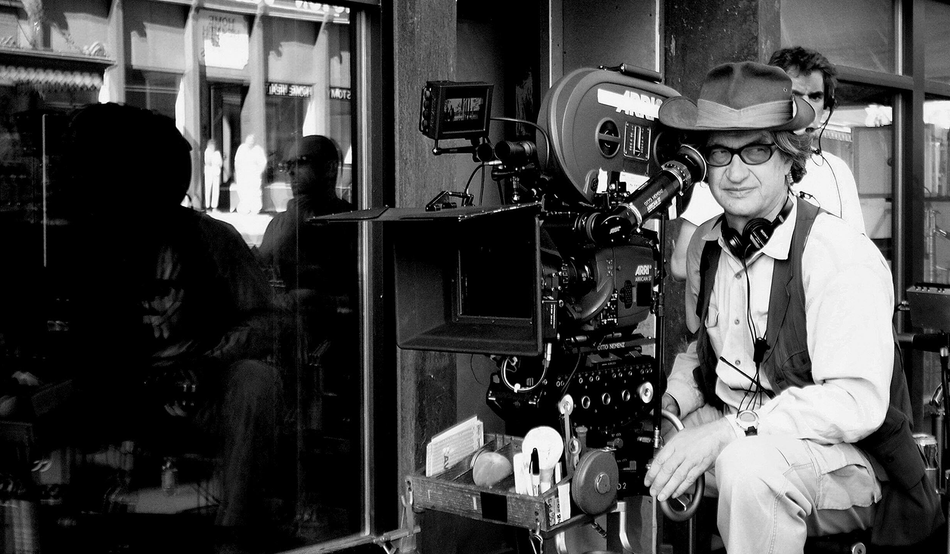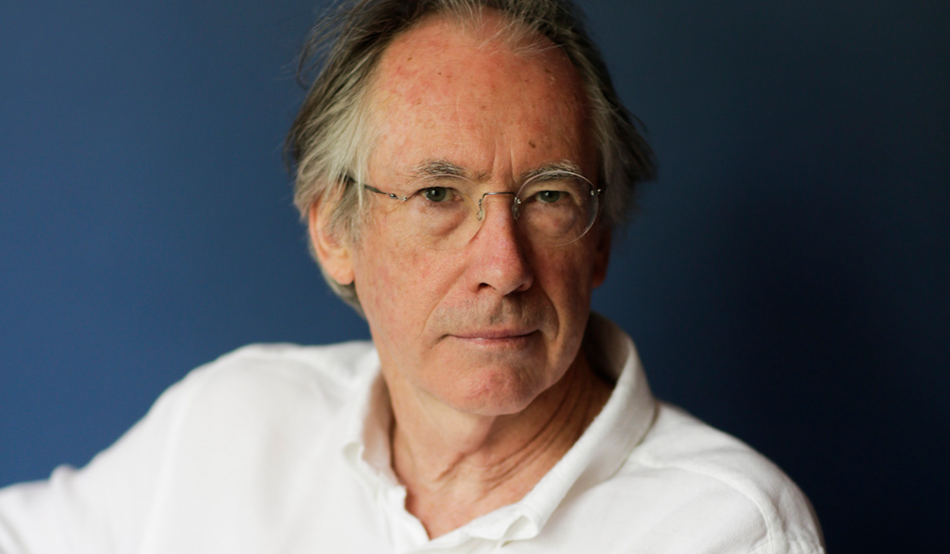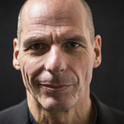The first time Kevin O’Hare watched a ballet, a film of Swan Lake, he slept through it—much to the dismay of his scolding parents. They weren’t to know that their son would one day become a principal dancer for Sadler’s Wells, and then the director of the Royal Ballet.
When I meet O’Hare at a members’ club in London, he arrives dressed in a simple black shirt and trousers, a black blazer and black lace up shoes. Despite the grand rooms he inhabits—his office is the Royal Opera House—and his prestigious role, he has an unassuming presence and a gentle voice. “There was no question in my mind. I knew it was going to be hard work, but I always thought [ballet] is what I’m going to do,” he tells me.
O’Hare grew up in Hull in the 1970s, where his mother took him to the theatre on weekends and enrolled him in modern and tap dance classes during the holidays. His talent was noticed during a summer school, where O’Hare was recommended to audition for the Royal Ballet School. He enrolled aged 11 and trained there for six years.
“From what we know now, there were some teachers there that we wouldn’t want to teach like that today,” he says. He describes the environment as “stifling.”
That all changed when his tutors sent him to the Royal Danish Ballet School in Copenhagen. “It felt like a different world,” he says, “It was about creating an atmosphere of less tension and more positivity. It was a turning point.”
An 18-year career as a professional dancer followed, including major roles in many of the most well-known classical ballets, including Sleeping Beauty, Kenneth MacMillan’s Romeo and Juliet, and even Swan Lake.
“I did love the dramatic roles,” he says, as he remembers the elaborate, princely costumes he wore at the start of his career, in contrast to the bare-chested characters he played in some contemporary ballets. “I wore fewer clothes as I got older,” he jokes.
In 2000, O’Hare retired on his 35th birthday, with two injured knees and decisions to make about his future. “It was scary going from being a principal dancer to starting again,” he says. But soon, through his network, he landed a placement at the Royal Shakespeare Company and learnt the business side of ballet.
It was a humbling experience. “One day we were in Sunderland on tour, it was the first night and the programmes hadn’t arrived [in time].” When they did, “it fell to me to take programmes to the front of the stage,” he says.
“There was a dancer who I had worked with two years before as the principal, but then there I was chugging along with these boxes of programmes. I could see them looking at me thinking, ‘oh God, what’s happened to him?’”
However, O’Hare rose through the ranks and in 2012 he was appointed to his most prestigious role yet, director of the Royal Ballet. Today, his job involves commissioning new ballets, overseeing casting and selecting choreographers.
When I ask about the highlights of his second career in ballet, he reflects on watching the final rehearsal of Woolf Works, a ballet he commissioned and that was inspired by Virginia Woolf’s letters and diaries. “Watching this [show] that we talked about for three years and knowing that it was going to be a hit…those moments are thrilling and make it all worthwhile.”
But it is clear after speaking with O’Hare that he feels his role reaches further than creating art. He believes that ballet has a social impact, too. “We’re constantly trying to say, look, this is for everybody. We really want everybody to come and see it.”
O’Hare tells me about when then-Vogue editor Anna Wintour attended a performance and took her glasses off backstage to meet the dancers. The next morning, around 2,000 young children from all walks of life came to do a workshop.
From celebrities to schoolchildren, the theatre is open to all.
“That’s what we’re about.”
